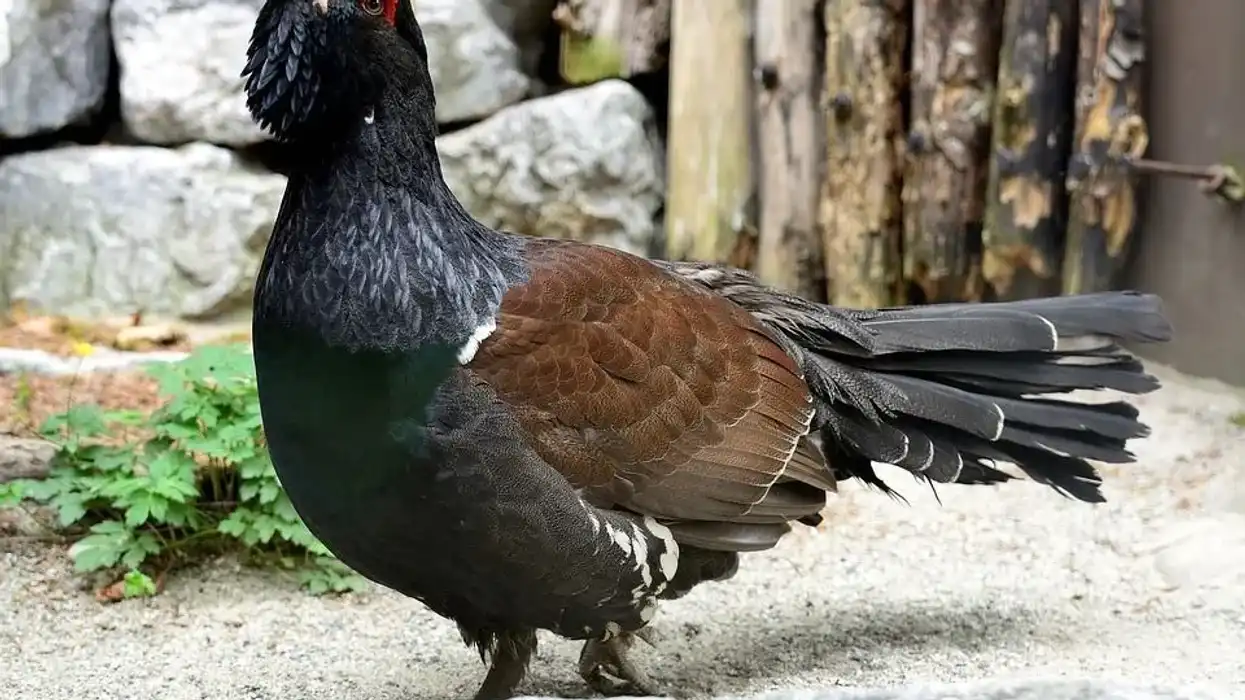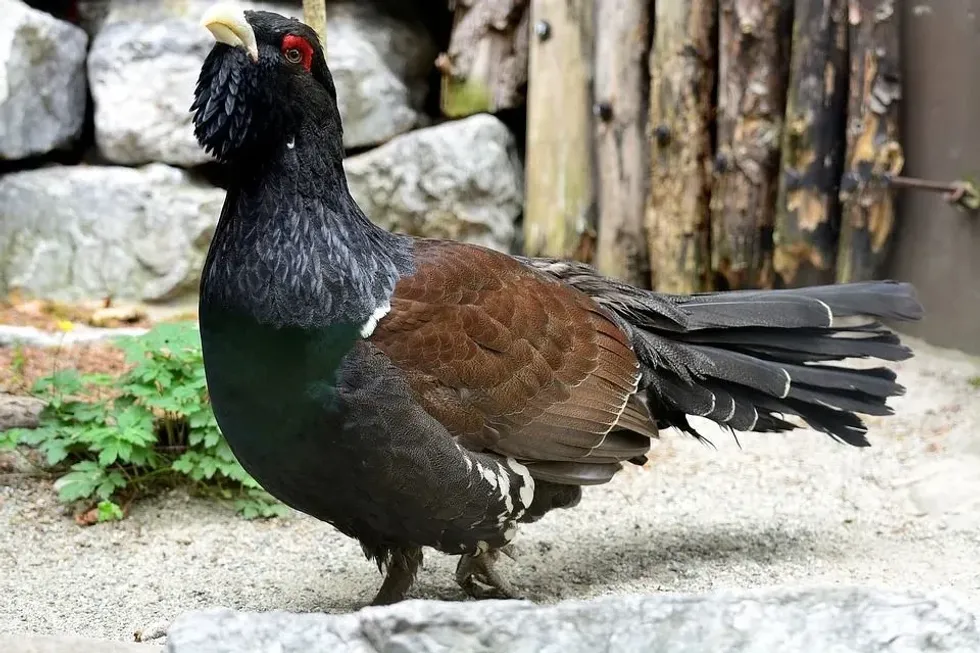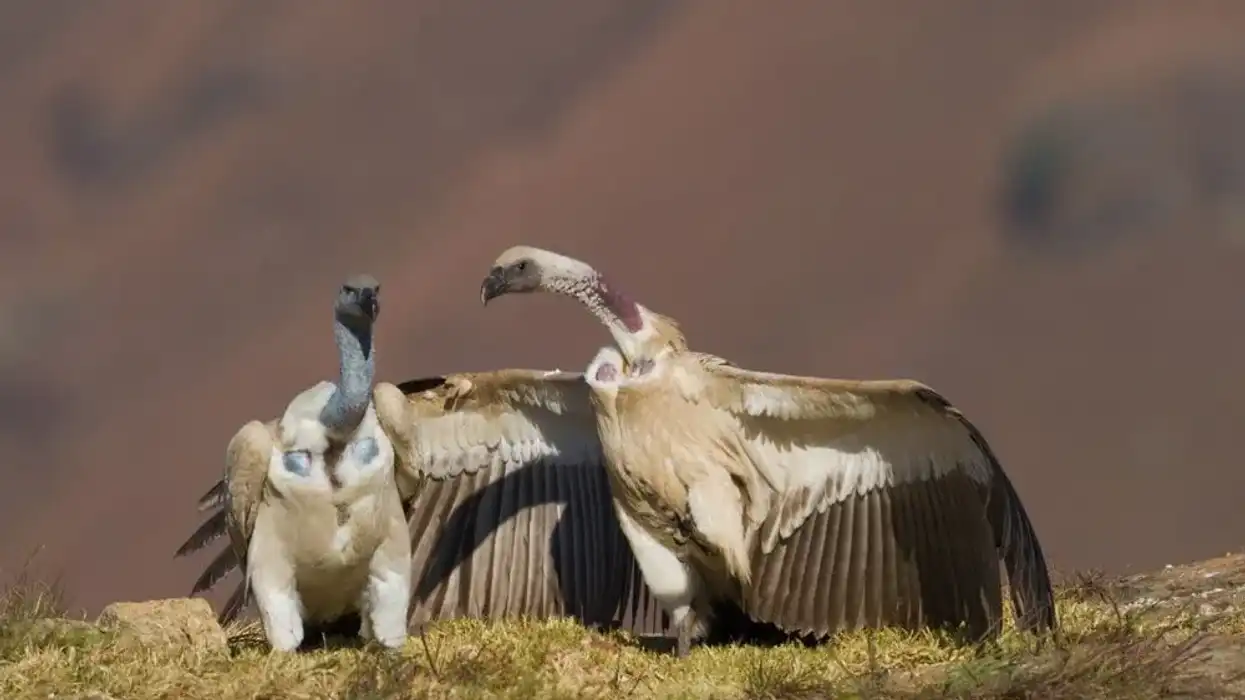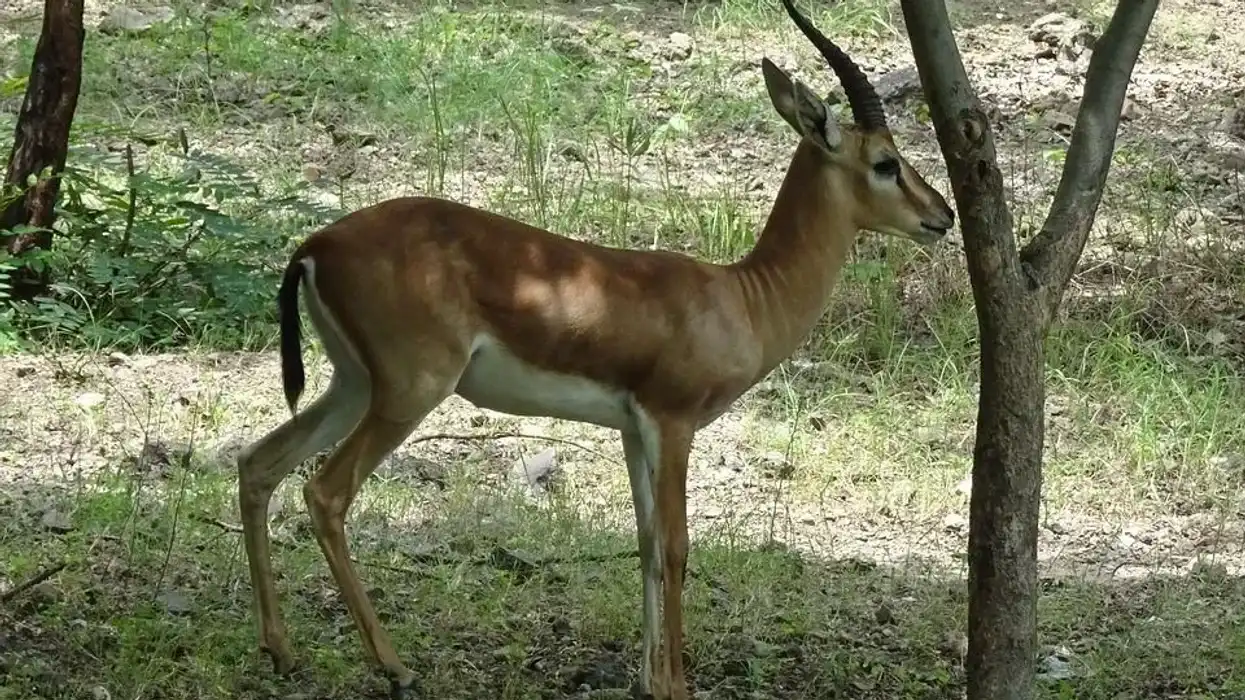The western capercaillie or Tetrao urogallus is a grouse species which is found in Eurasia. Also known as wood grouse and heather cock, this species is the largest in the grouse family.
Western capercaillies are known for their sexual dimorphism. Males and females of the species look very different. Not only does the color of the plumage differ between males and females of the species, they are nowhere comparable in terms of size either. Keep reading to learn more facts about them.
Western Capercaillie Interesting Facts
What type of animal is a western capercaillie?
The western capercaillie (Tetrao urogallus) is a member of the pheasant family that is commonly found in northern and central Europe. The common name of the species can be quite difficult to understand and if you are having a tough time pronouncing it, the easiest method would be to say 'kay-per-kay-lee'.
What class of animal does a western capercaillie belong to?
The scientific name of the class that the western capercaillie belongs to is Aves. However, they can just as easily be classified as birds or pheasant birds.
How many western capercaillies are there in the world?
Studies show that in spite of the slow decline in populations of the Tetrao urogallus, Europe holds a tremendous population of 1.5-2 million birds of this species. This means that the global population of the species is also very stable and is unlikely to decline dramatically over the next few decades.
As of now, we can be assured that western capercaillies will be around for a while.
Where does a western capercaillie live?
The western capercaillie's habitat is mainly concentrated in conifer forests. Such a range of habitat ensures that these birds have ample amounts of pine needles to feed on.
What is a western capercaillie's habitat?
The western capercaillie's habitat range extends across Europe and Asia. In such places, this member of the grouse family finds ample food and ground vegetation.
In northern Europe, the population is most stable, although there have been minor declines over the past few years. It is quite spectacular to watch the largest member of the grouse family wander around in Eurasia.
Who do western capercaillies live with?
There is an insufficiency of studies which would be able to tell us the living habits of Tetrao urogallus. In spite of the stable and evident western capercaillie distribution, there are no records to determine whether or not these birds are aggressive in nature.
However, they do like to form small flocks, as this creates a greater sense of safety.
How long does a western capercaillie live?
The average lifespan of the western capercaillie species stands at six years. However, it is common knowledge that birds tend to show greater life expectancy when raised in captivity. Whether or not this holds true in the case of the western capercaillie (Tetrao urogallus) is a matter of speculation.
How do they reproduce?
Western capercaillies are oviparous animals. This essentially means that females of the species lay eggs instead of giving birth to young ones like humans do.
Male capercaillie birds show various courting rituals. These rituals are only performed when the male capercaillie thinks that it is alone; hence, any human interruption can cause troubles. The fanned tail shows up in full effect during these courtship rituals, and male capercaillies make a series of sounds. These sounds eventually attract female capercaillies.
The female western capercaillie takes about 10 days to lay all its eggs. Around 8-12 eggs are laid in each clutch.
Some variations in the numbers are possible. The male and female western capercaillie do not take equal responsibilities when it comes to incubating and taking care of young ones.
The female builds a nest near ground vegetation and leaves it at the slightest sight of trouble. It also stops eating to a great extent.
After hatching, chicks and their mother leave the nest since it only opens the possibilities for more threats. Throughout western capercaillie distribution, it is common for animals such as wolves and foxes to hunt for a female who has been incubating her eggs.
The breeding season is dependent on the habitat range, but it typically starts in March or April and ends in June. This means that the male and female western capercaillie can only breed in spring and summer seasons.
What is their conservation status?
The IUCN (International Union for Conservation of Nature) Red List states that the conservation status of the western capercaillie species is that of Least Concern throughout its range of habitats. This is further substantiated by the fact that there are 1.5-2 million of these birds only in Europe.
The species is particularly hardy and has stable breeding patterns, which is why experts suggest that the species is unlikely to be endangered in the near future.
Western Capercaillie Fun Facts
What do western capercaillies look like?
The western capercaillie, also known as the wood grouse, is the largest member of the family of grouses. Needless to say, birds of this species are quite regal-looking. Interestingly, males and females of this species are very different from each other.
When we say that the western capercaillie is the largest, what we mean is that the male capercaillie is the largest. This is because sexual dimorphism is evident in this bird species. The female capercaillie is much smaller, and almost only half as big as the male.
Males and females of the species not only differ in terms of size but also in terms of plumage. While males have a dark brown, dark gray or black colored body, females have a lighter brown colored plumage.
Males have metallic dark green colored breast feathers, which aren't present on their female counterparts. These birds have rounded wings and are quite heavy, which is why they are not very capable when it comes to flying.
Both male and female birds have a white spot near the wing bow, and a naked patch near the eyes. They have feathers on their legs as well, which helps in keeping these birds warm in harsh temperatures of their habitat. Young western capercaillies look more like their mother until they develop their adult plumage.
In the case of males, the underparts are either black or white. Females, on the other hand, always have yellowish colored underparts.

How cute are they?
The western capercaillie's size and color palette makes it stand out as more of a regal species of birds than a cute one. However, we can see why some people would believe these birds to be adorable.
How do they communicate?
The male capercaillie is most famous for its vocalizations. The sounds and tunes are most prominent during the breeding season, when the male capercaillie produces a range of high and low pitched sounds in order to attract females. Apart from this, these birds communicate with each other through gestures as well.
When the male capercaillie wants to scare any predators away, it simply flaps its wings, which creates a rustling sound.
How big is a western capercaillie?
The wood grouse is a large bird. The length is slightly large since the sizes of both males and females are taken into consideration. The average western capercaillie would ideally be in the size range of 29-49 in (74-125 cm) in terms of length. However, it is not uncommon for a male capercaillie to grow out of this range.
How fast can a western capercaillie fly?
Western capercaillies are not the greatest when it comes to flying. They can hardly lift off the ground, given their large size and great weight. However, they do flap their wings in order to scare away any potential predators.
How much does a western capercaillie weigh?
The average weight range of a western capercaillie would be 9.5-14 lb (4.3-6.3 kg). Again, we wouldn't be surprised if there were some male capercaillies in northern Europe that exceed this weight range.
What are male and female names of the species?
Males and females of the Tetrao urogallus species are called cocks and hens respectively. Given the sexual dimorphism, it is not at all difficult to tell the difference between the two.
What would you call a baby western capercaillie?
A baby western capercaillie is called a chick.
What do they eat?
The western capercaillie's diet consists of insects, conifer needles, and other things that these birds may find around them. Chicks tend to eat a more protein-rich diet as compared to adults.
Are they dangerous?
Since they live among trees, feeding on conifer needles and insects, it is hardly possible for western capercaillies to cause any harm to humans. The most these birds can do is try to scare you by flapping their wings.
Would they make a good pet?
Western capercaillies are not common pets. A part of the reason is that they require a very specific diet and a large area to move around in.
Did you know...
The western capercaillie's life expectancy is around six years.
Small predators such as a red fox often hunt for western capercaillies.
Can you eat a capercaillie?
Western capercaillies are commonly eaten. Their flavor is said to be strong and some people believe that hens taste better than cocks.
Is the capercaillie related to the turkey?
Western capercaillies and turkeys belong to the same family of Phasianidae.










